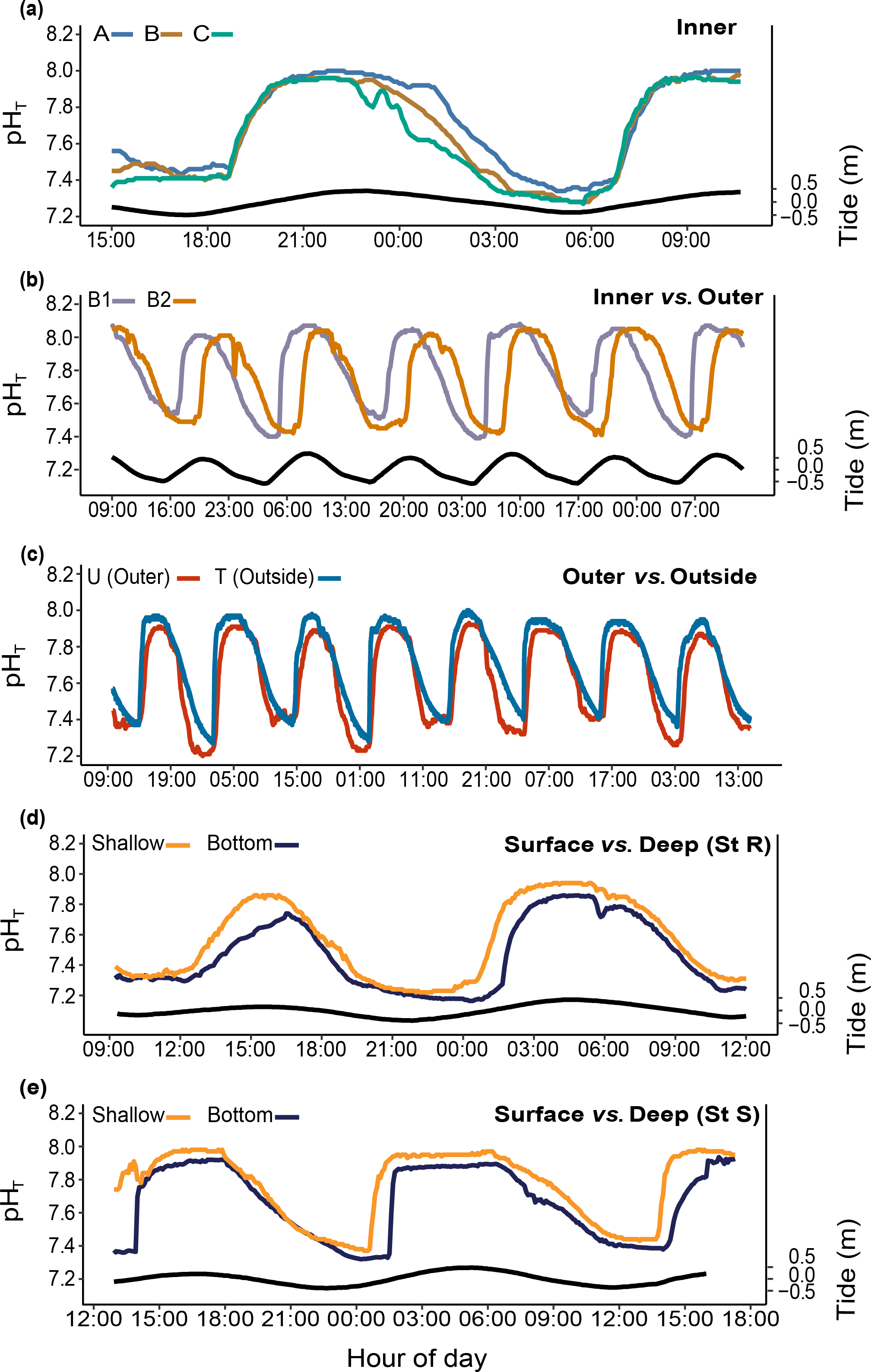

Modeling of the San Francisco Bay, for example, where the idea is also controversial, shows that building a wall on one stretch of coastline would actually flood nearby communities. That would cut into the efficacy of a seawall.Īnd while seawalls hold water back from one area, it still has to go somewhere. Miami’s an even more complicated case, because it not only gets water coming in from the beach, but also from below, as seawater seeps through the porous rock the city’s built on. “We've got significant questions about it-it's not designed well, it's going to take 20 years to construct, and it could be out of date by the time they finally finish it.” “The region is working on a plan to potentially create this big giant coastal barrier,” says Stokes, the president of the Galveston Bay Foundation. The Army Corps of Engineers has one in the works for Galveston Bay, and it is proposing to build a 20-foot seawall near Virginia Key in Miami, which could get over 3½ feet of sea level rise by 2100, according to the new report.īut not everyone is onboard with seawalls as end-all solutions. One of the ideas people have explored is building seawalls, coastal defenses that deflect rising water. “We're seeing that when it rains, the rain has nowhere to go, so it's ponding on the roads.” “You would have heavy precipitation on top of already high sea levels, which is going to keep water from being able to exit urban areas,” says University of North Carolina at Chapel Hill hydrologist Antonia Sebastian, who studies the Gulf Coast but wasn’t involved in the new report. So the water from a storm-hurricane or otherwise-piles on the higher baseline of sea level rise, overwhelming stormwater systems. (A warmer atmosphere also holds more water, another quirk of physics that helped last year’s Hurricane Ida to devastate New York with floods.) Climate change is also supercharging those hurricanes, since the storms feed on warmer waters. Hurricanes are extremely destructive in part because they’re shoving a wall of water onshore-if sea levels are already high, they’re making that wall taller still. This map shows sea level rise between 19. “You have tides, you have storms, hurricanes.” “That baseline is going up over time because of global warming, and then you still have all these things that are traveling on top of it,” says Hamlington. Major flooding will happen five times as often, because climate change has raised the baseline sea levels. The new report warns that by the year 2050, moderate floods (meaning they’re destructive instead of mere nuisances) will be 10 times as common in the US as they are today. Indeed, about half of global sea level rise comes from the water simply being hotter.Ī swelling ocean primes the coast for catastrophic flooding. A warmer body of water (like the Gulf) is literally bigger than a cooler one (like the Pacific off the Alaskan coast). Temperature is a critical factor for determining sea level rise, because warmer water takes up more space.

In these charts, you’ll also notice blue parts of the bars, which represent “sterodynamic sea level,” or changes in the physical processes of the ocean, for instance to currents and temperature.

Meanwhile, Anchorage, Alaska, could see 8 inches of sea level drop, thanks to the fact that its land is actually rising following the departure of long-gone glaciers.

Galveston, Texas, where the land is slumping, could see almost 2 feet of rise by the year 2050. Comparing just two cities on different coasts neatly illustrates what a striking difference these factors can make. The issue comes down to quirks of physics: how fast the land itself is sinking, and the characteristics of the coastal water. So what gives? If melting glaciers are loading all the oceans with extra water, shouldn’t all the coasts experience sea level rise equally? By 2050, the average rise will be 4 to 8 inches along the Pacific, 10 to 14 inches along the Atlantic, and 14 to 18 inches along the Gulf. The reality is that different stretches of the coasts will see wildly different rates of oceanic creep. Between now and the year 2100, coastlines may average an extra 2 feet of rise, thanks to emissions already in the atmosphere, and up to 5 feet more if humanity fails to cut its emissions between now and then.Įmphasis on average. On average, it projects up to 12 additional inches in the next 30 years, the same amount that the country has seen in the past century. Last week, a group of federal agencies released a report detailing the dire consequences of sea level rise in the United States.


 0 kommentar(er)
0 kommentar(er)
